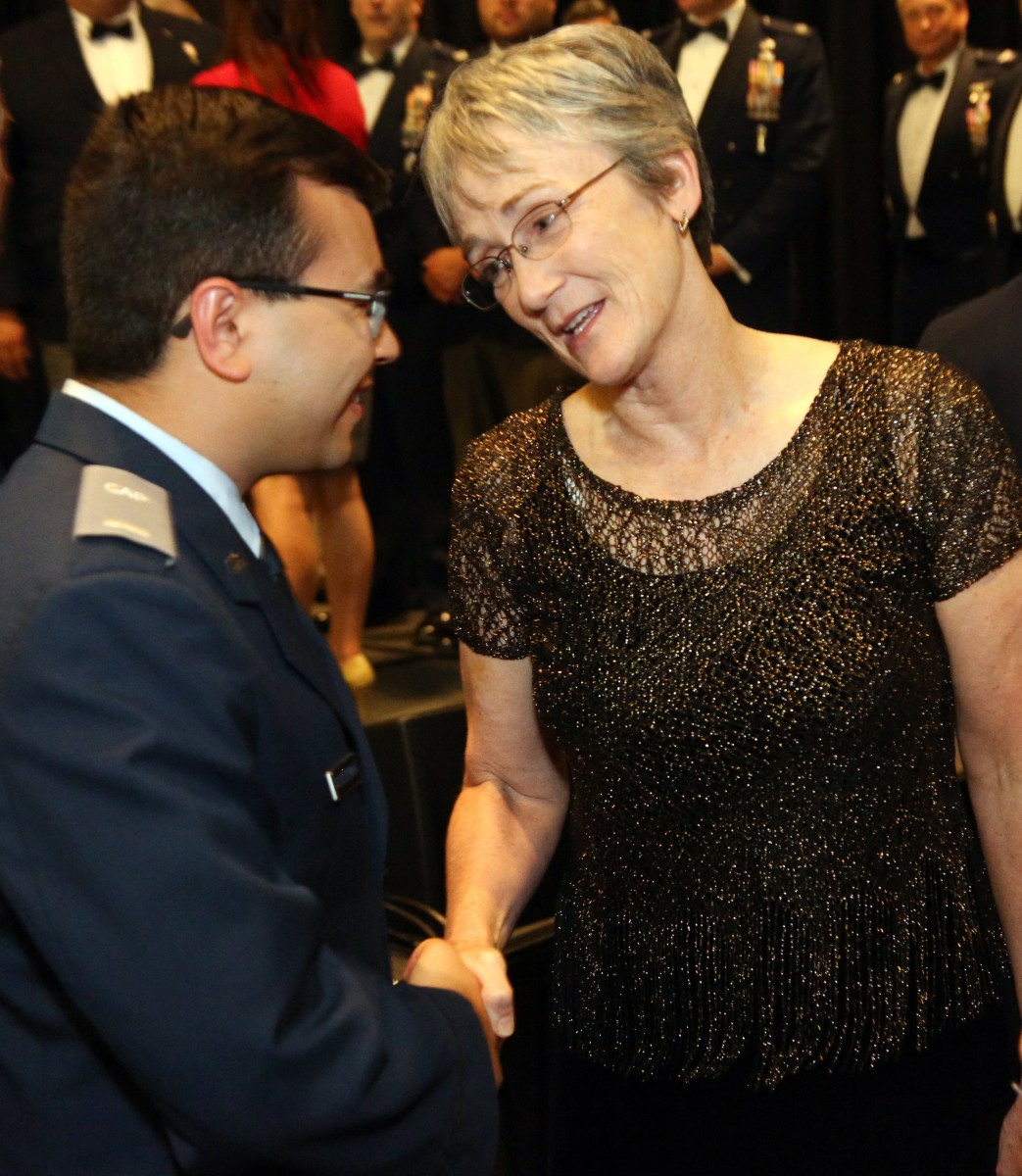Squadron 150's meeting this week (27 September) will be focused on Civil Air Patrol (CAP) communications. Here is more on CAP Communications from the CAP national website:
"The Civil Air Patrol communications system includes thousands of HF and VHF radios with trained operators across the United States.
The system operates in support of all CAP missions, including Emergency Services, Aerospace Education and the CAP Cadet Program. The focus of the CAP system is tactical communications, including air to ground, ground team to ground team, and communication with mission base.
Interoperability with other agencies is stressed. In most cases, a Memorandum of Understanding (MOU) is signed with each agency before operation on each other's frequencies.
The Civil Air Patrol operates primarily on frequencies assigned by the United States Air Force. As a result, all CAP radios must comply with NTIA standards for transmitting and receiving. This requirement also applies to all radios used by other agencies that are permitted by MOU to operate on CAP frequencies.
Advance planning is a priority of the communications program. Communication managers at all levels develop mission communication plans and manage resources to ensure sufficient assets are available to accomplish the missions of CAP. Because "emergency communication is our business" CAP communicators are obligated to have standard procedures developed and trained for communication under demanding conditions."
 |
| SM Henry Hercock (L) and SM Mihai Sochirca (R) during a communications training (Civil Air Patrol photo by Capt. Gary Mathieson) |




